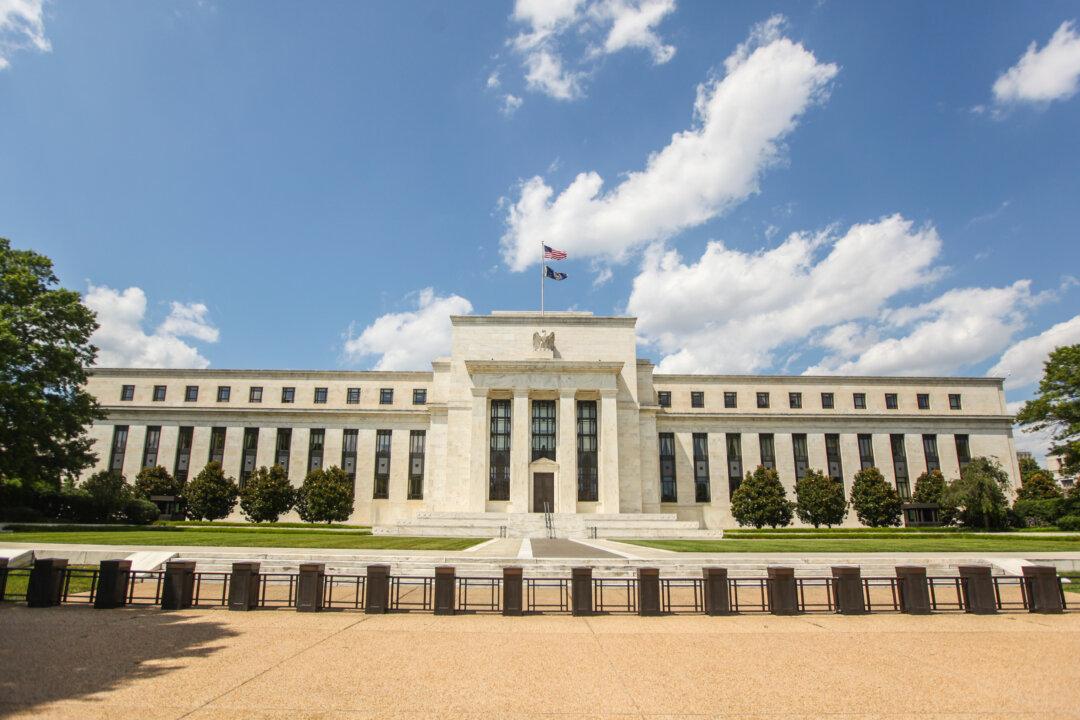People have said for a long time China could get the United States in trouble by selling vast quantities of its Treasury holdings. Now China is selling Treasurys because it is in trouble itself—with big implications for the United States.
It all started with China’s clever idea to manipulate its currency and use exports to generate economic growth right after its accession to the World Trade Organization in 2001. This policy worked great and generated double digit growth for China until the financial crisis of 2008, but it had several side effects.
Running a huge trade surplus with the United States would have normally lead to an appreciation of the yuan, as importers bid up the currency in order to be able to pay for the flood of the products coming out of China.
This, however, would have made exports less competitive, which is why the People’s Bank of China (PBOC) was printing yuan and selling them at the same time to keep the exchange rate roughly stable. This is how the Chinese central bank ultimately ended up with a stash of foreign exchange reserves, reaching a high of $4 trillion in 2014.
This money was mostly invested in U.S. Treasurys (currently $1.45 trillion, including Belgium as a proxy account) so the United States wasn’t complaining about this part of the deal either.





